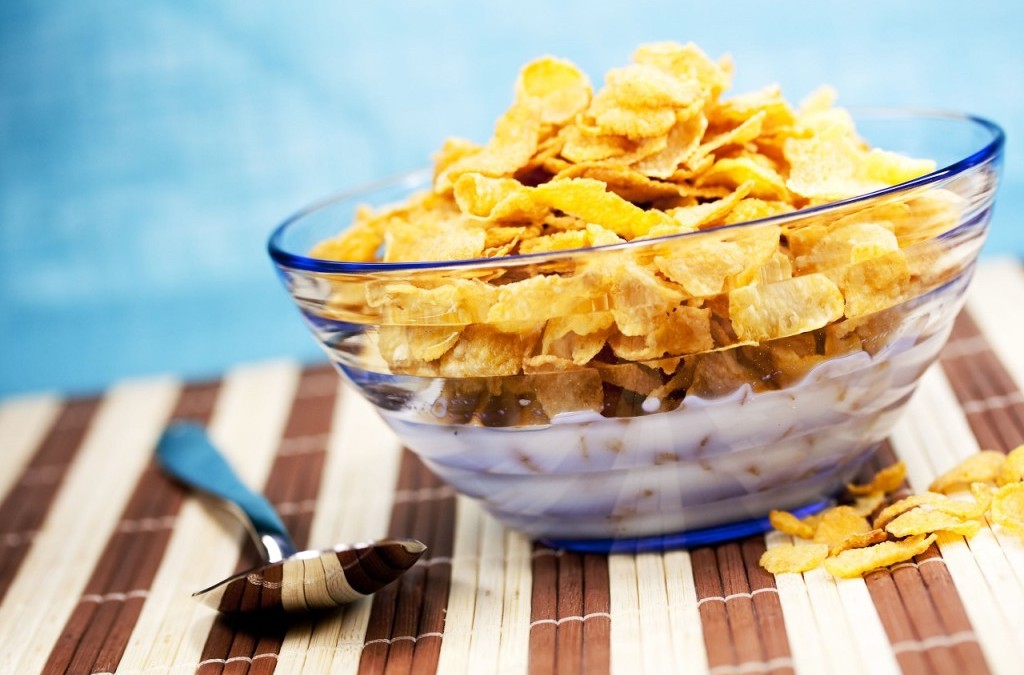I’m sure most of you women out there at some point have either considered the Special K diet, or have actually tried it! I know I did years ago when I was trying to shift some weight before I knew anything about nutrition, or the real way to lose weight and keep it off for good!
This article is going to dispel the myths about how Special K can be a successful addition to your weight loss tool kit and how in fact it can greatly hinder your chances, especially in the long term in five easy to read points.
1. Special K contains refined carbohydrates and quite a fair amount of sugar (or is a high GI food, which some of you may have heard of), which means it does not keep blood sugar stable. Stable blood sugar is needed to keep you feeling fuller for longer and prevent you wanting to eat something again shortly after you have had a bowl of this for example.
As it is a high GI food, this also makes it more likely once your blood sugar spikes then plummets after only an hour or two of eating it, you will feel more inclined to eat something just as high in carbohydrates or sugar again to get your blood sugar stable quickly, as it had dropped too quickly after eating this bowl of cereal as this contains no protein or good fats, which help to really slow the release of sugar from the blood into the cells.
2. Special K contains wheat and this is a food that many people are becoming more and more intolerant to due to the amount this food is consumed on a day to day basis. If you have symptoms such as bloating, gas, tiredness, or abdominal pain you could have an intolerance to this and this could also indirectly lead to weight gain, as intolerances can cause inflammation in the body which makes you more likely to hold onto fat, due to the hormone cortisol that is involved in controlling both the inflammatory process and the metabolism of fat.
3. Special K contains 66g of sugar per 100g serving which means if you are wanting to lose weight eating this then this is unlikely. All the sugar it contains is what they call empty calories, which means it contains no real nutritional value but still provides energy in the form of calories, meaning you could put on weight and have nothing to show for it in regard to nutrient intake! Also foods said to contain empty calories fail to really satisfy you as they are void of any real nutritional content and you may be left craving something more healthy afterwards to compensate for this.
4. The Special K diet usually advises you eat a bowl of cereal, or have a shake for breakfast and lunch, which are around 120 kcals -190 kcals, two Special K snack bars or a piece of fruit, which are around 100 kcals each for snacks and then have a normal dinner of anywhere between 280 kcals 500 kcals.
This means you will effectively be in starvation mode, even after the best case scenario that you had two shakes of 190 kcals and a dinner of 500 kcals that day combined with the two snacks, which translates as a sub-optimal amount of calories per day (specifically anything under 1400) for you to maintain your metabolic rate, thus this leads to your metabolism slowing down. Aside from this you would be feeling constantly hungry on this diet, which is no fun!
5. The Special K diet encourages you to lose weight too quickly, which means that once you go back to eating how you used to and increase your calories back to what you used to eat, or even slightly less than this, the weight that you lost will go straight back on as your body felt starved on the original amount and then will hold onto any calories it can as your body thinks it needs to store fat in case it is put through starvation again, thus the cycle continues of weight loss and weight re-gain.
The most effective way to lose weight is to eat the right amount of kcals needed for your weight and height at rest, which is known as your basal metabolic rate (BMR) and then add in some exercise on top of this to create a deficit in calories consumed to help lose weight.
Then once you want to stop losing weight you can reduce the amount of exercise you do, or just eat slightly more to compensate for the regular exercise you are doing to balance the input of calories from foods and output of calorie expenditure.

